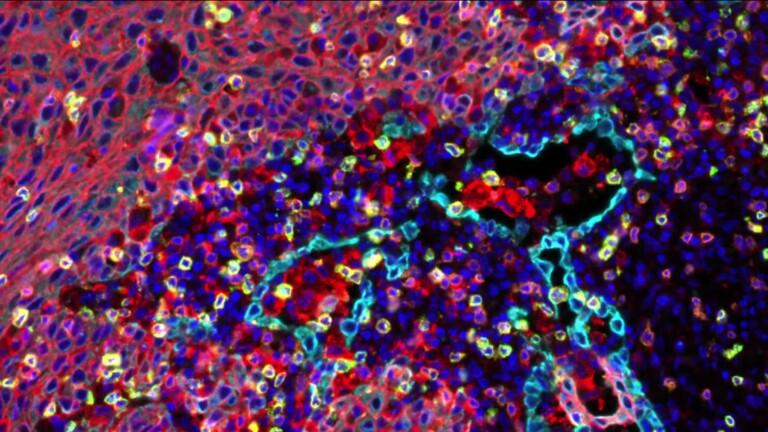
When trying to decide whether to use scientific video, a lot of my clients look to the competition. If theirs is the only brand without a mechanism of action video to describe their science, they frequently decide that a scientific animation must be right for them, too. But is that really true?
The easy answer: sometimes.
How to Tell if You Need Scientific Video
Before we dive into the complexities of concept depth and deployment, biomedical animation is most useful when these three requirements are met.
- The science is too complicated to be quickly grasped in an illustration or diagram
- The audience needs to know how it works
- The audience needs to understand it quickly
Simple vs. Complex Ideas
Not every brand needs to have the curtains pulled back to show its inner workings; in the cosmetics industry, for example, results are often all that matters. However, if your investors need to understand how your technology operates in order to recognize its value, or if healthcare providers will just go on prescribing the drugs they’re comfortable with if they don’t grasp your drug’s revolutionary mechanism of action or the specific disease state it treats, then a bespoke scientific video can get that across quickly– and it can do it without burying them under a Great Wall of Text.
Animation has a special power to tap into the imagination and emotional state of the audience, temporarily transporting them into a world where the only thing that matters is a particular scientific concept. If the concept happens to be an efficacy graph or demographic data, chances are that animation would be overkill and a nicely designed graph or chart would do the trick. If it's a one-step conformational change of a molecule or a revolutionary 2-step DNA sequencing process, probably just a well-drawn illustration would suffice. On the other hand, if the science to be described is a particular method combining viral proteins with gold nanoparticles to deliver gene therapy to a specific cell population, then animation would be the perfect method to convey it (Come to think of it, I'd kind of like to see that animation).
Considering Where it Will Be Seen
Finally, think about where you will use your scientific animation. There are three primary kinds of deployment for mechanism of action videos and mechanism of disease videos in the biotech and pharma world: the web, conferences, and in-person presentations.
In each of those, immediately catching the audience’s interest is critical. A recent study showed that users make a decision within the first thirty seconds whether to stay on a website or click away[1]. On the conference exhibit floor, you may only have the time it takes a person to walk past your booth. With in-person presentations such as sales meetings or investor relations, audiences might start out worried that you will bore them. In all three cases, it’s critical to catch their interest early and communicate your message quickly.
At its core, animation gives your audience context for understanding the rest of your message… if they watch the whole thing, that is. That’s where choosing a high-end animation company comes in. If the audience can’t look away from it, if the animation is worth watching on its own merits, then they will absorb the information naturally. Furthermore, you will have kept them on your webpage past the critical 30 seconds mark!

Cameron Slayden is CEO of Microverse Studios, and has over 20 years of experience in biomedical visualization. To find out more, check him and the rest of our team out on the Who We Are page.

